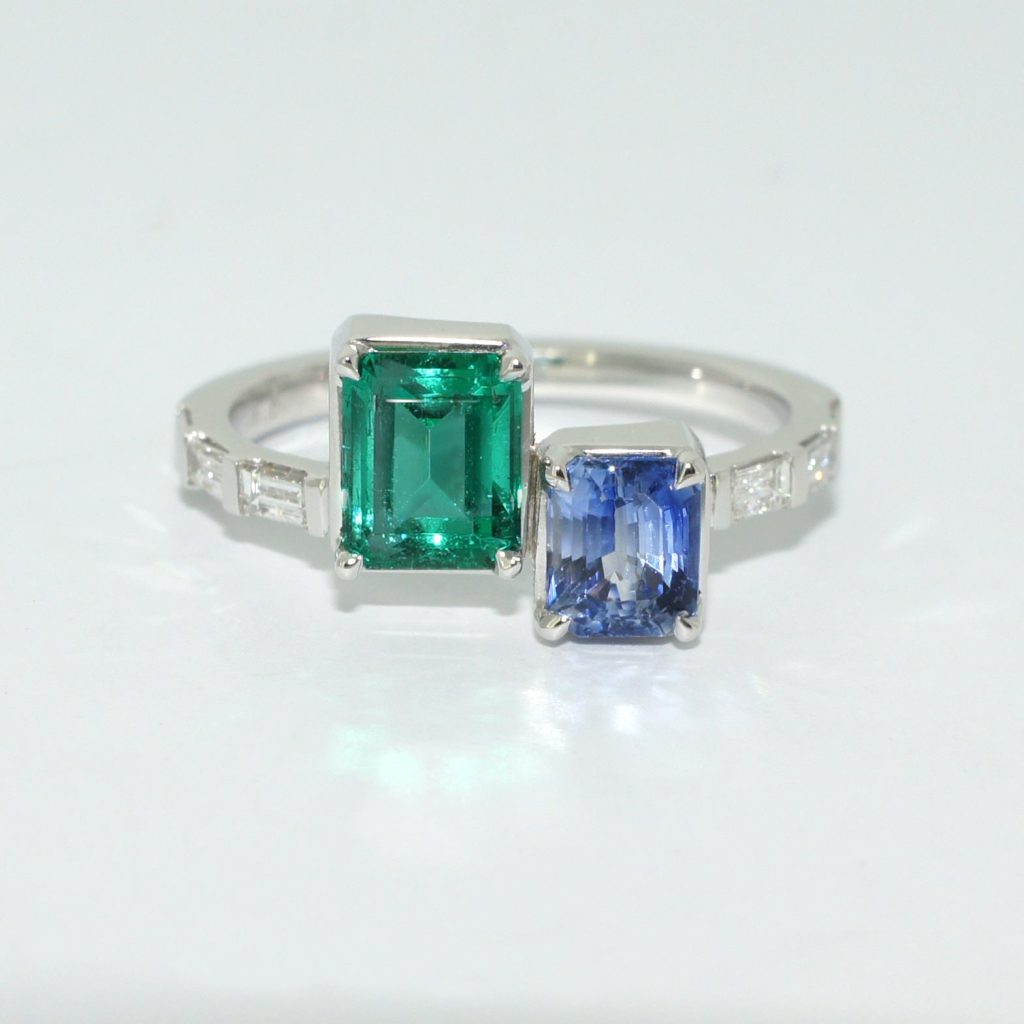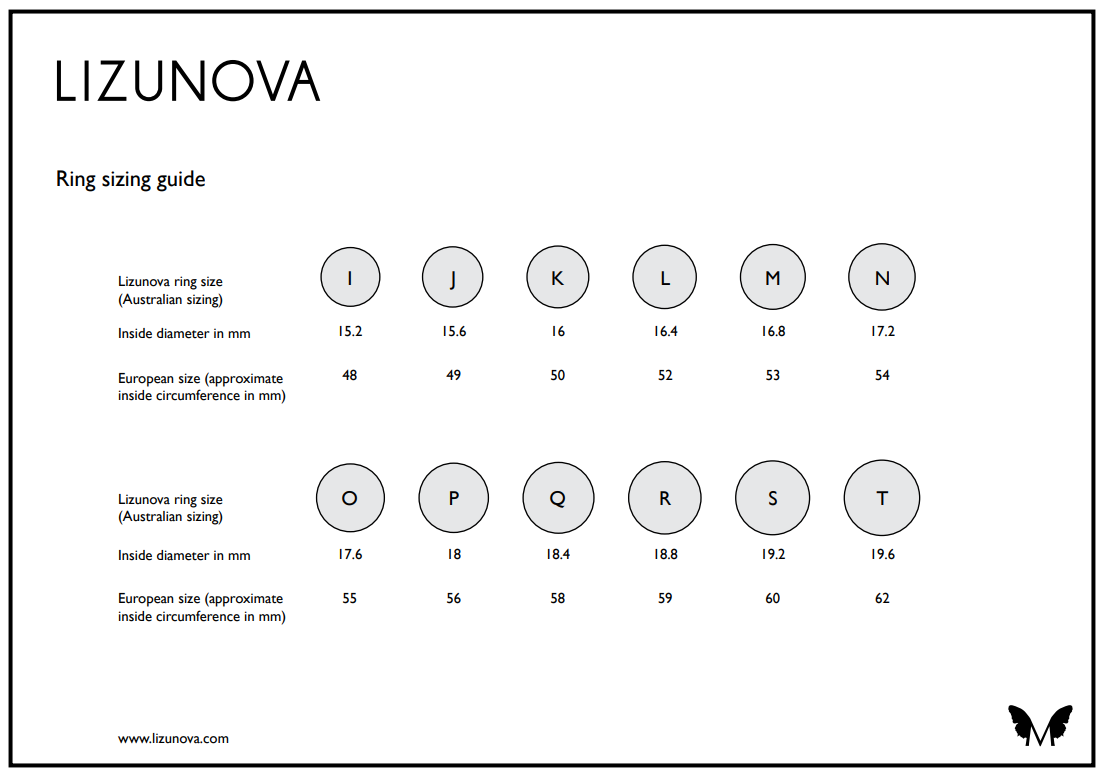Precious emeralds have been used in bespoke jewellery for centuries. Emerald is part of “top 3” coloured gemstone suite, along with ruby and sapphire. These highly coveted gems are prized for their beauty, exceptional colour and fascinating historical provenance.
Emerald, Be3Al2(SiO3)6, is the most precious green coloured gemstone and a member of the beryl gem family, whose members also include aquamarine, morganite, heliodor and goshenite. Trace amounts of chromium and vanadium give emerald its beautiful green colour. Emeralds have been a firm favourite for exquisite bespoke jewellery pieces worn by royalty and stars throughout history.
Emeralds have for centuries been strongly associated with power, beauty and fame, and were the preferred gemstone of many of history’s most beautiful and powerful women. Cleopatra was famous for her love of the verdant gems. The Egyptians were perhaps the first civilisation to mine emeralds in Upper Egypt near the Red Sea, as far back as 3500 BC. With the discovery of the Colombian deposits by the Conquistadors during the 1500s (the indigenous Indians had been mining the Muzo emeralds as early as 500 AD) the superb quality gems became the rage with European courts. The infamous “Isabella Emerald” – a 964 carat emerald crystal – was in the end presented to the future wife of Hernan Cortez in exchange for a large dowry which funded his future voyages. Queen Isabella of Spain was furious that it wasn’t presented to her and always coveted the mystical gem.
Screen goddess Elizabeth Taylor had a tremendous passion for exotic gems and Richard Burton presented her with the iconic Bvlgari emerald and diamond necklace as a wedding gift in 1964 (as well as other treasures during the 1960s and 70s). Contemporary actress Julianne Moore had the honour to be the first person to wear the necklace after Ms Taylor in 2013. Superstar Angelina Jolie made headlines wearing large emerald earrings to the Oscars in 2009.
EMERALD COLOUR
Emeralds of medium to dark tone with strong saturation and bright, vivid green colour are the most valuable. Green is the primary hue in emeralds, with yellow and blue the usual secondary hues.
DURABILITY
Emerald is reasonably hard and measures 7.5 on the Mohs hardness scale. As most material is highly included, emerald is a brittle stone and care must be taken when wearing emerald jewellery, especially in ring settings. Emeralds can’t withstand the vibrations of ultrasonic jewellery cleaners so should be gently cleaned in warm water with a dash of mild liquid detergent, with a soft brush to eliminate scratching the setting.
VALUE
Emeralds are 20 times rarer than diamonds and their per carat price can be four times as great. Emeralds with no visible inclusions are valued more than the more included material. Internal inclusions in emeralds are called “jardin,” French for "garden" due to their mossy appearance.
Emerald has lower density than other gemstones and an emerald weighing 1 carat is larger in physical size than a 1 carat diamond.
SOURCES
The first known emerald mines were in Egypt, believed to be worked as early as 3500 BC. Traditionally Colombian emeralds are the most prized on the contemporary market, and Colombia is by far the largest producer, with three main mining areas being Muzo, Coscuez, and Chivor. Due to a natural phenomenon, the gems are produced hydrothermally due to huge surges in heat and pressure when two different rock types come together. They are coloured by chromium and vanadium and have the most gorgeous rich silky green colour.
In the 1920s a significant emerald deposit was discovered in Zambia, however mining didn’t become established until the 1970s. Many of the major jewellery houses now use the Zambian material. Generally the African material has more of a blue undertone (due to lower vanadium content) and the stones are generally less included than their South American cousins. Zambia is now the world's second largest producer of emeralds.
Even Australia is blessed with our own emerald deposit in Torrington, NSW. These very rare gems are unique, often with green and clear banding and truly are collector’s items. The deposit has long been exhausted which makes these stones even more covetable.
Emeralds are also found in Afghanistan, Austria, Brazil, Cambodia, Canada, China, Ethiopia, India, Italy, Kazakhstan, France, Bulgaria, South Africa, United States, Tanzania and Russia, among others.
TREATMENTS
The majority of emeralds on the market today is treated by a process called oiling to improve clarity and stability. This is a widely adopted and accepted practice. Oils with a similar refractive index to the emerald are used, and are applied post cutting in a vacuum chamber under mild heat.
SYNTHETICS
Synthetic emeralds have been produced since the 1960s, using both the hydrothermal and flux-growth techniques. The chemical and gemological composition of synthetic emeralds is identical to natural emeralds, and they are widely used in jewellery. While synthetic emeralds are difficult and expensive to produce, they are nowhere near as valuable as natural, mined emeralds.
EMERALD SPECIFICATIONS
Hardness: 7.5-8 Mohs
Specific Gravity: Average 2.76
Refractive Index: Nω = 1.564–1.595, Nε = 1.568–1.602
Crystal Form: Hexagonal (6/m 2/m 2/m)
Treatments: Oil
Durability: Brittle, should be worn with care
Image: Bespoke Emerald, Sapphire And Diamond Ring By Lizunova Fine Jewels




